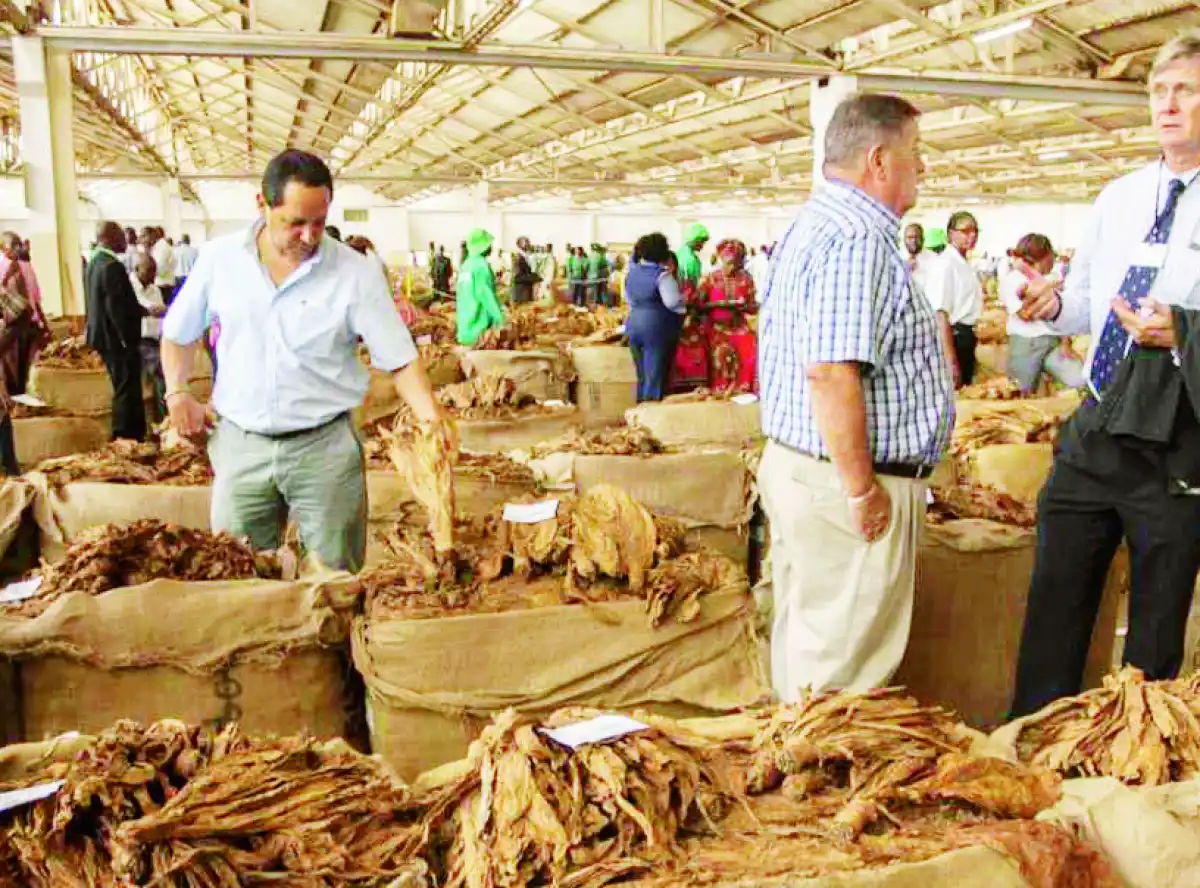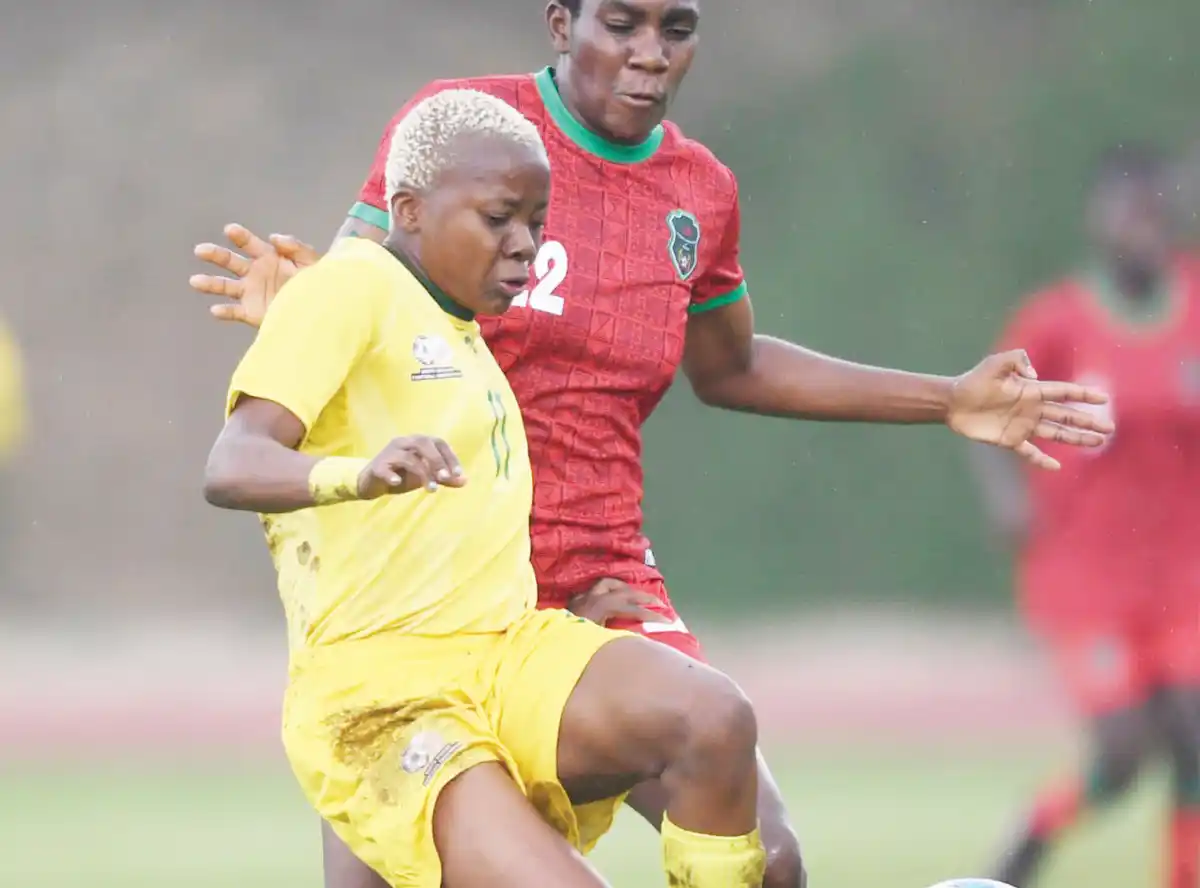Our indomitable, indefatigable , impeccable and unimpeachable leader, t h e Mos t Genui n e Professor Dr Joye Befu, MEGA-1, MG 66, and, we, the rank and file members of the Bottom Up Party (BUP), salute President Lazarus Chakwera for his prioritisation of three key sectors, namel y Agriculture, Tourism, and Mining (ATM) as drivers of the Malawi’s economic growth to achieve the Malawi 2063.
This is the type of prioritisation that we h ave been asking and looking for. This priorit isation means that we can focus our
farm to be more than paper tiger, it needs to be self-contained. It must identify markets, have appropriate infrastructure such as a factor y to process the raw material into final products, road and transportation networks, and a qualified human resource.
The same experts, not we, say the tea estates of Thyolo and Mulanje, the Illovo Sugar Estates of Chikwawa and Nkhota Kota, and the Vizara Rubber Estate in Nkhata Bay, are examples of mega farms although they are not performing o ptimally .The s e establishments of fer models of what a mega farm should look and operate like. The bigger geographically and in other senses, the better and the more productive the mega farm is.
Experts in the tourism sector, not we, argue that Malawi has almost all it needs to attract internal and international tourists. However, they, not we, say Mal awi seems to say more than it invests in the sector. The M5 Kamuzu Great Lakeshore Road was built purposefully to afford tourists to marvel at the lake, our great Lake Malawi, from Mangochi to Karonga.
This road, and others of course, have been neglected for over 30 years and it is unlikely that it will be rebuilt soonest enough to change our fortunes. The M1 was planned in such a way that it was close enough to the major wildlife attractions hos ted by Majete, Lengwe, Mwabvi, Kasungu, the V iphya/Chikangawa , Livingstonia/Chiweta and other areas. It, too, is in the high dependency unit (hdu).
Inns, lodges and hotels, were built at Kasungu, Chintheche, Chitipa and other areas to ensure tourists had decent but afford accommodation along the tourist points.
To better appreciate the western side of Lake Malawi, lake transport, seamlessly linked to the land train service, was ubiquitously available and affordable. The MV Ilala, Mtendere, Chauncy Mapples crisscrossed the lake, taking locals and tourists to Karonga and back to Monkey in Mangochi. Businesses boomed. Today, only the Ilala and the MV Chilembwe are carrying people on the lake. The train service is virtually dead. Why we still rely on a lake steamer born in 1945 instead of buying better and more modern water transport vessels, nous ne savons point. We don’t know.
Tourism, like mega farms, may not be very productive unless and until we pay serious attention to the sector, fund it adequately and approach it as a value chain.
Mining? That is your assignment.








0 Comments